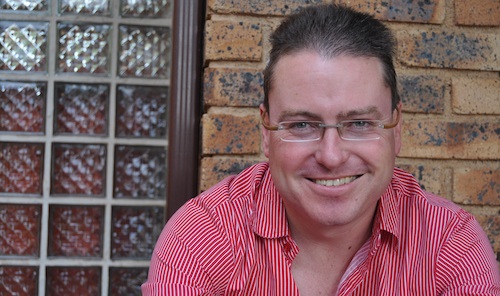
By Duncan McLeod
A reading of a detailed draft plan by the telecommunications regulator to license radio frequency spectrum for next-generation wireless broadband networks shows it wants to entice new entrants, maximise competition and encourage infrastructure sharing. It could change SA’s telecoms landscape forever.
The draft spectrum assignment plan of the Independent Communications Authority of SA (Icasa) for the radio frequency bands that will be most in demand for future fourthgeneration (4G) mobile broadband networks is nothing if not audacious. It’s also surprisingly good.
The technical jargon involved is enough to make even an engineer’s head swim, but what Icasa is proposing will have far-reaching implications for all South Africans. I’ll do my best to explain some of the highlights in plain English.
The authority has decided to pair licensing of the 800MHz band (the band that television broadcasters must vacate in the next few years when they move to digital technologies) with the 2,6GHz band. Both bands are highly sought after by operators wanting to build networks based on long-term evolution — LTE, the successor technology to the current wireless broadband networks. It promises better performance and speeds over time and will pave the way to 4G systems.
The lower-frequency band is particularly well suited to rural areas because of its characteristics: signals carry further, meaning fewer base stations need to be built, which reduces costs and helps bridge the digital divide. The upper band is good for providing services in dense urban areas, where more towers are needed.
But because there is a limited amount of spectrum available in the bands, particularly around 800MHz, Icasa has decided to encourage operators to share the allocations. This may be anathema to the big incumbent operators, which have historically managed their own networks and spectrum, but if done properly, and assuming cartel-like behaviour doesn’t set in, it could benefit consumers as a result of lower infrastructure costs.
Under Icasa’s draft plan, any licensed entity that gets access to both bands must make its network available on a wholesale, open and nondiscriminatory basis and may not provide retail services directly to consumers. The intention is clear: to encourage the creation of a wholesale operator, with retail players competing at service level.
It appears to have drawn inspiration from Russia’s Yota, which recently signed an agreement with that country’s four main mobile providers to provide a wholesale LTE network.
On paper this all looks good. The devil will be in the detail. Will SA’s incumbents be able to work together in this fashion? Will there be collusion to fix prices at a particular level on a shared wholesale network to discourage new entrants from building their own networks? Will broadcasters vacate the 800MHz band with sufficient haste? Such questions must still be answered.
What is encouraging, though, is that Icasa wants to license spectrum to two new operators in the 2,6GHz band. These entrants must not already have access to any predefined mobile telecoms spectrum. If local or foreign investors see opportunity in this, it will increase competition dramatically, especially in urban areas, making potential collusion between the incumbents more difficult.
Icasa is a regulator South Africans love to berate — and not without reason, given its poor record. However, its draft plan for these high-demand spectrum bands is a brave but sober document with the potential to transform the telecoms landscape for the better.
The plan needs to be refined and the potential of this spectrum for consumers must be maximised. But it’s a fine starting point, and for that Icasa deserves recognition.
- Duncan McLeod is editor of TechCentral; this column is also published in Financial Mail
- Read more columns by McLeod
- Subscribe to our free daily newsletter
- Follow us on Twitter or on Facebook




